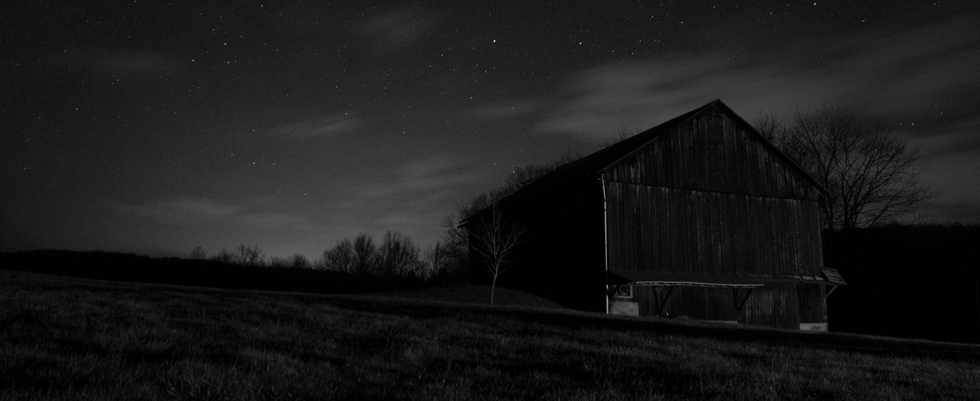We now present the second of our three-part interview with British magickian Daniel Keaton. Those of you who haven’t yet read the first part can do so now by heading to the post entitled Daniel Keaton on Magick. For those of you who are already up to speed with that, here is Part 2…
How and when did you first discover magick?
Well, like many teenagers, I went through a bit of a phase of reading what I considered to be ‘controversial’ books, and my local library was particularly well-stocked with titles on mysticism, religion and subjects variously described as new age and occult. Many books were quite dry and boring, talking about history and stuff that really didn’t interest me, but a few were a lot more practical, and provided exercises for the reader to practice with.
>> Look inside Daniel’s book at Amazon <<
I can’t say that I achieved anything that I’d consider notable by following those early exercises, but they did capture my imagination, and I’ve been studying the subject ever since, which means for the last thirty years or so.
So when did you first discover that magick worked in the real world?
Okay, so after spending a few months practicing all of the exercises that I found in books, I eventually began to have a small degree of success, by which I mean minor coincidences that led me to get what I’d been trying to work towards. The problem was that my results were fairly hit-and-miss, and I couldn’t find any system that would work consistently.
Then, in the early nineties, I stumbled across a manual on thought form creation. It wasn’t a huge tome by any means, but rather a very condensed and completely practical approach to achieving your goals with thought forms. The technique presented there worked very well for me, and I started experimenting with developing it further and combining the thought-form concept in a variety of other ways.
And you ended up with the system described in The Art & Science of Magickal Creation…
That’s right. Of course, the system in The Art & Science is a lot more extensive than the one I started out with, because I’ve been able to add to and refine it over the years. I also tried to make sure that it retained the things that I most liked about the original thought form creation manual that gave me consistent success, so The Art & Science presents all of the information that is needed in a tight, condensed format that focuses on practical application and real-world results.
What is the biggest personal breakthrough that you have made as a practicing magickian?
That’s a good question, but not an easy one to answer. If I were pushed, I suppose the biggest breakthrough for me was the realisation that my attitude towards magick was, in itself, a magickal working. By that, I mean, if I expected a magickal process to work, then it worked, but when I doubted its workability, it didn’t work.
Can you elaborate on that?
Well, for a long time, I assumed that I must have had a sixth sense about what would work and what wouldn’t, but then I realised that my expectation was itself the key determining factor. Later, when I went back and tried a few previously ‘failed’ ideas with a new expectation of success, the ideas began to work. And I’ve found that principle proven time and time again.
A person who expects to fail won’t get any magickal system to work – ever – because their expectation is itself a magickal working that effectively blocks success. And, in the same way, even a flawed system can bring about some rather miraculous results if the person using it genuinely expects to succeed with it.
In that sense, all effective magick is nothing more or less than a mental and spiritual agreement that some specific thing is going to happen. Different systems are merely different routes by which an individual can – consciously and deliberately – get to that essential point of inner belief and certainty that allows thoughts to become things.
The concluding part of this interview with Daniel Keaton is coming soon. In the meantime, if you would like to study Daniel’s complete system of magick for yourself, you can do so by obtaining a copy of The Art & Science of Magickal Creation from Amazon.


